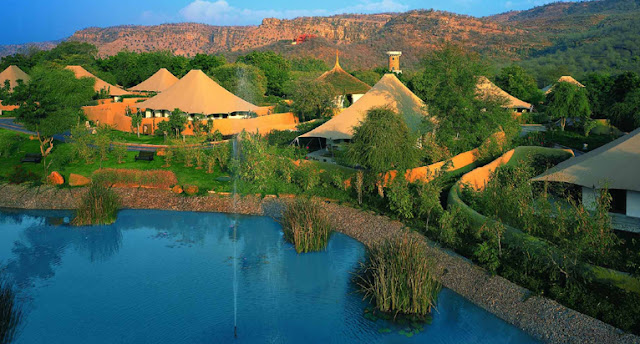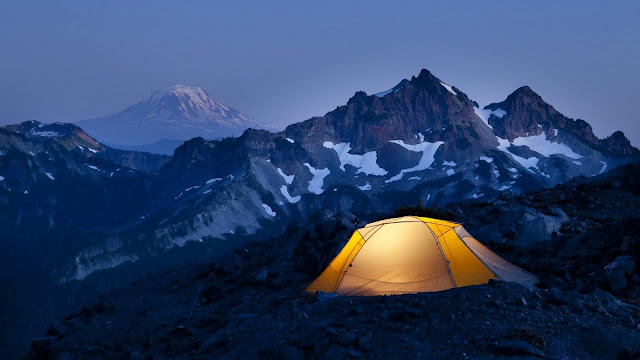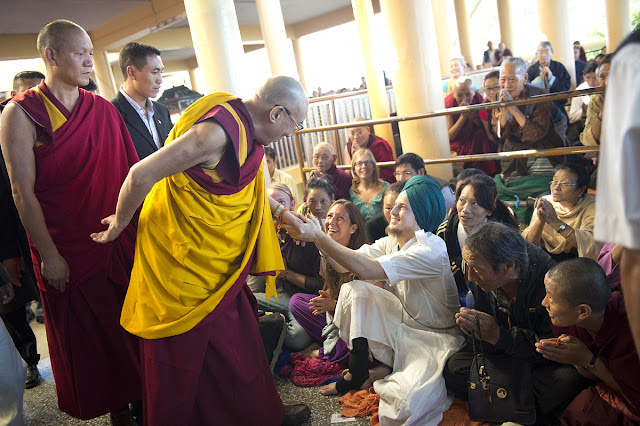 |
| Tiger in Ranthambore |
It's in the last quarter of the year that Ranthambore really comes into its own. If you haven't explored this magnificent wildlife park yet, now is the time to plan that break. It makes the perfect short getaway from Delhi, being located about 160 km Jaipur in Rajasthan's Sawai Madhopur District.
 |
| Tiger lazing beside Lake |
Birders also have a great time here. The heritage buff will have plenty to take in at Ranthambore, for this 400-sq-km nature reserve is dotted with ramparts and ruins from an earlier era. In fact, Ranthambore gets its name from an impressive towering frot that crowns the landscape. While in Ranthambore see Bakaula, with its many waterbodies that attract a wealth of wildlife. Padam Talao, the vast lake, is another lovely spot with the graceful Jogi Mahal sitting at its very edge. Tigers and the rare chinkara can be spotted here, so keep your eyes peeled.
 |
| Chinkara |
Getting There: Ranthambore is 480 km from Delhi and takes seven hours drive to reach. If you want to save time you can fly to Jaipur and drive down from here.
Stay: If you want luxury digs, check into the Taj Sawai Madhopur Lodge, which has a heritage tag. For close-to-nature safari experience opt for Sher Bagh, a luxury tented camp kitted out with every modern convenience.
 |
| Luxury Hotels in Ranthambore |
Eat: There are several restaurants serving multi-cuisine fare around the park. While on Safari, remember to carry some dry snacks and drinking water.
Tips from Unveil India: Of course, you can strike out on your own, but booking through wildlife specialists such as Tigerwala will ensure a stress-free break.















































